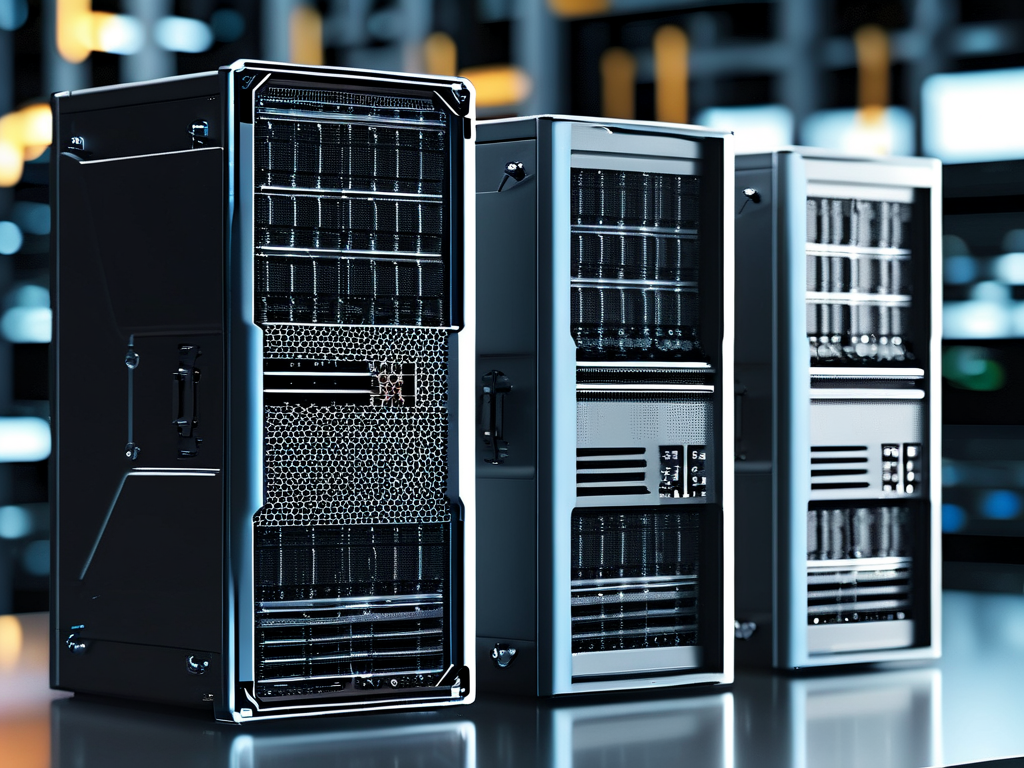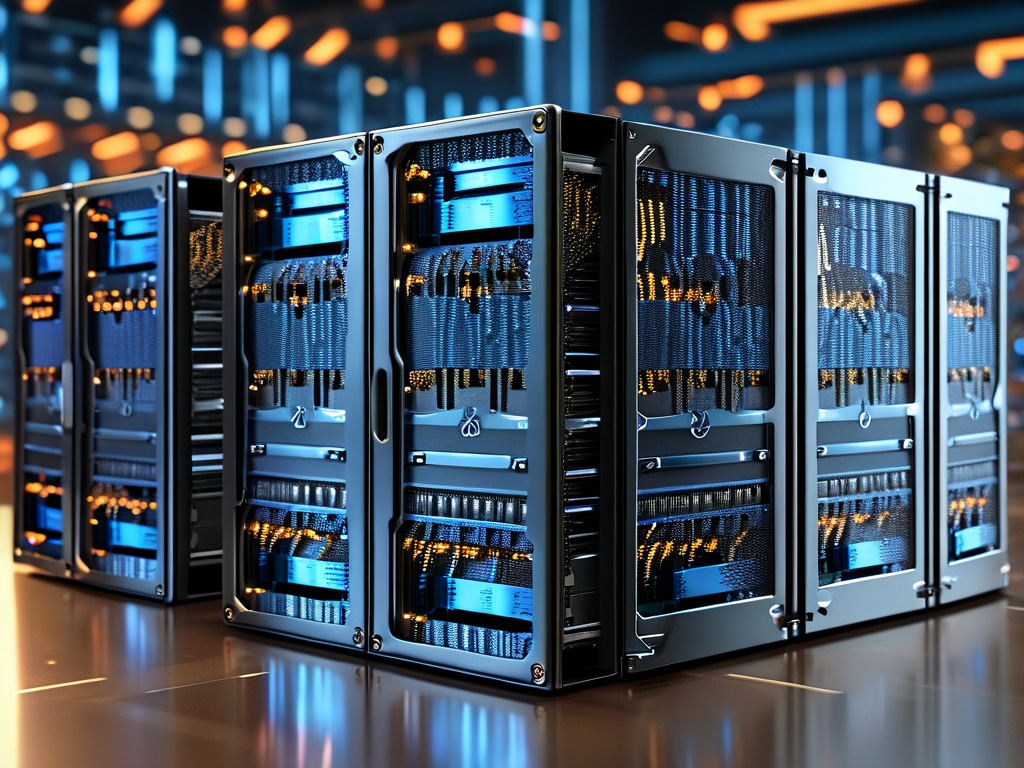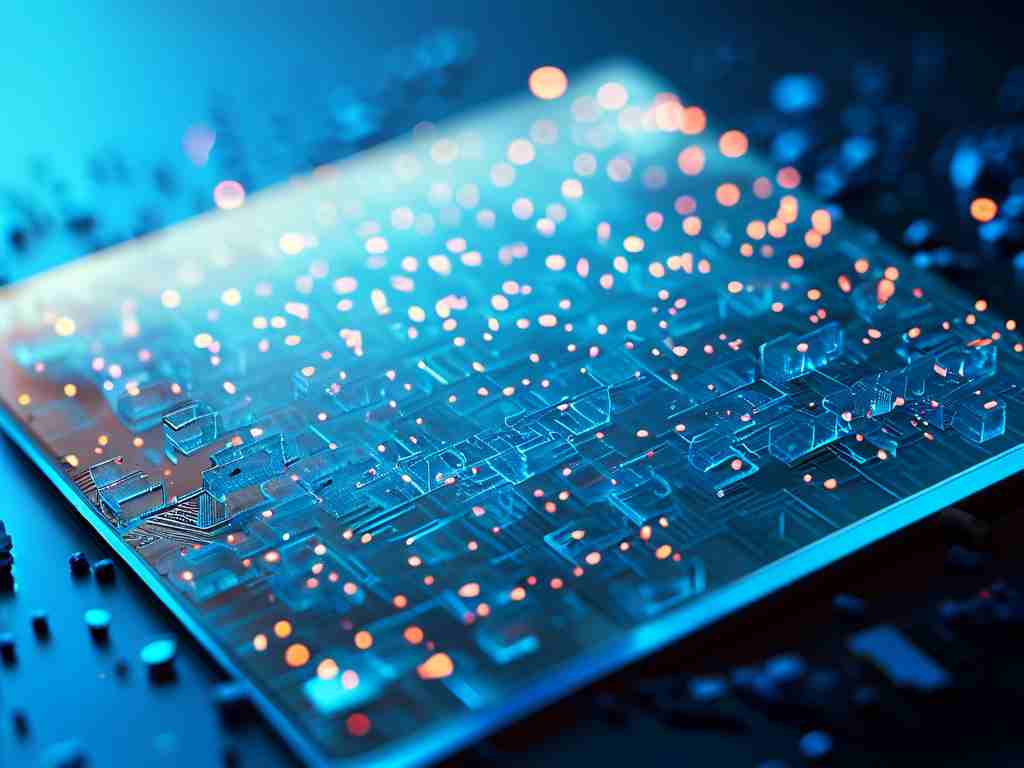The evolution of computing architectures has brought two distinct approaches to the forefront: in-memory computing and disk-based computing. While both methods handle data processing, their operational philosophies and practical implementations diverge significantly. Understanding these differences is critical for developers, system architects, and businesses aiming to optimize performance and resource allocation.
Core Operational Differences
In-memory computing relies on storing and processing data within a system’s Random Access Memory (RAM). This approach eliminates the need for frequent disk read/write operations, enabling near-instantaneous data access. Applications requiring real-time analytics, such as financial trading platforms or IoT sensor networks, leverage this method to achieve sub-millisecond response times. For example, a stock trading algorithm analyzing market trends in real time would process terabytes of data directly in RAM to execute split-second decisions.
Disk-based computing, by contrast, depends on persistent storage devices like Hard Disk Drives (HDDs) or Solid-State Drives (SSDs). Data retrieval involves mechanical movements (in HDDs) or electronic addressing (in SSDs), introducing latency. This method suits scenarios where large datasets must be stored cheaply and accessed sporadically. Batch processing systems, such as payroll calculations or historical data backups, often use disk storage due to its cost-effectiveness for long-term retention.
Performance Benchmarks
Speed is the most glaring distinction. In-memory systems typically operate 100–10,000x faster than disk-based alternatives. A simple experiment using a Python script highlights this:

# In-memory data access
import time
data_in_ram = [i for i in range(10**6)]
start = time.time()
sum(data_in_ram)
print(f"RAM access: {time.time() - start:.6f}s")
# Disk-based data access
import sqlite3
conn = sqlite3.connect('test.db')
cursor = conn.cursor()
cursor.execute('CREATE TABLE IF NOT EXISTS numbers (value INTEGER)')
cursor.executemany('INSERT INTO numbers VALUES (?)', [(i,) for i in range(10**6)])
conn.commit()
start = time.time()
cursor.execute('SELECT SUM(value) FROM numbers')
print(f"Disk access: {time.time() - start:.6f}s")
Running this code reveals RAM-based summation completes in microseconds, while disk-based queries take milliseconds—a gap that widens exponentially with dataset size.
Cost and Scalability Trade-offs
In-memory systems demand high-quality RAM modules, which are costlier per gigabyte than disk storage. A server with 1TB of RAM may cost 50x more than one with 1TB of SSD storage. However, the expense is justified for latency-sensitive applications. Conversely, disk-based systems excel in scaling horizontally—adding more drives is economical for petabyte-scale storage, as seen in cloud archives like AWS S3.
Data volatility is another consideration. RAM loses data on power loss, making in-memory solutions risky for mission-critical persistence. Modern systems mitigate this with hybrid approaches: Redis, an in-memory database, offers optional disk snapshots to balance speed and durability.
Use Case Alignment
Industries prioritize these technologies differently. E-commerce platforms use in-memory caching (e.g., Redis or Memcached) to handle flash sales, where millions of users simultaneously access product inventories. Meanwhile, video streaming services like Netflix employ disk-based storage for content libraries, as gradual data retrieval aligns with buffering requirements.
Emerging technologies further blur these lines. Apache Spark’s “in-memory processing engine” optimizes big data workflows by caching intermediate results in RAM while using disks for initial data ingestion. Similarly, SAP HANA combines columnar disk storage with in-memory acceleration for enterprise resource planning.

Future Trends
The rise of non-volatile memory (e.g., Intel Optane) promises to merge the best of both worlds—RAM-like speed with disk-like persistence. Meanwhile, edge computing drives demand for lightweight in-memory solutions to process IoT data locally without relying on centralized cloud storage.
In , the choice between in-memory and disk-based computing hinges on specific needs: raw speed versus cost efficiency, volatility versus permanence. As hardware evolves, the boundary between these paradigms will keep shifting, but their complementary roles in the tech ecosystem remain undeniable.


